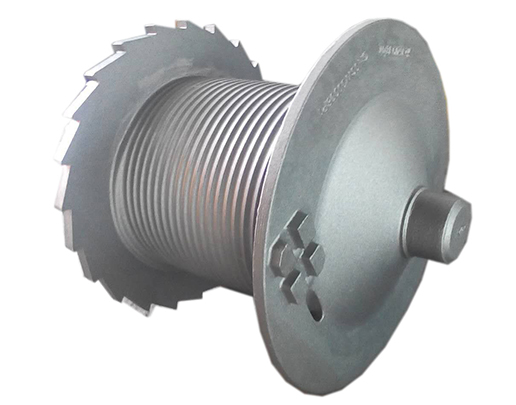From the origin of metal casting to now, both at home and abroad, people in gravity casting to a large extent use molten metal, then pour it into the pre cast mold, with the help of self weight feeding and solidification of the metal, so as to obtain the designed castings. Whether it is black metal or non-ferrous metal, people still use the above methods to produce castings. Later, due to the hard exploration of casting work, many casting theories, viewpoints and methods were published. Nowadays, the most popular casting theories are "sequential solidification", "simultaneous solidification", as well as "directional" and "diffusion solidification".
Therefore, almost all foundry workers use these theories to guide teaching, design and produce their own castings. However, it is a pity that in many cases, although we seem to apply some of the above theories as guidance, in fact, the castings produced by ourselves have porosity, shrinkage cavity or poor internal structure compactness.
Therefore, there is a problem for Dalian castings, that is, how to make the castings designed by ourselves obtain the ideal castings with dense internal structure after casting, that is, how to appropriately make the metal castings obtain the ideal feeding: that is, to reveal the feeding essence of the castings, so as to buy the feeding channel, and finally obtain the castings with dense internal structure, which is a term introduced in this paper“ θ "The theory of feeding angle.
Forged parts are the parts produced by metal forging with air hammer or press in the red hot state. The continuous casting parts are the parts produced after metallization into liquid, pouring into the mold cavity with specific shape, cooling and solidification. To put it bluntly, a forged part is to bake and knead the metal into shape, while a cast part is to turn the metal into thin soup and then cool and solidify into shape.
In some cases, some castings with large shape are not allowed to cut samples, nor can they cast test blocks for hardness testing. At this time, hardness testing will encounter difficulties. In this case, the common method is to use a portable shore hardness tester to test the hardness on the smooth surface after the casting is finished. For example, the roll standard widely used in the metallurgical industry stipulates that the shore hardness tester should be used to test the hardness. Because the shore hardness tester adopts the dynamic hardness testing principle, there are many factors affecting the hardness test results, and the test accuracy is far lower than that of the Brinell hardness tester and Rockwell hardness tester using the static indentation hardness testing principle. For this reason, it is also recommended in the roll standard






